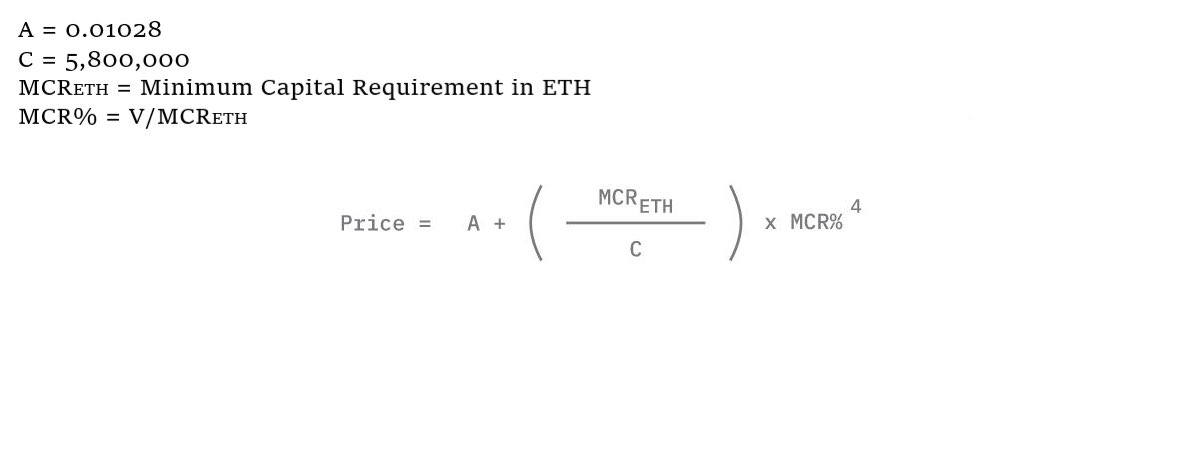
A lot of people think @NexusMutual sells insurance, and as I covered in my first thread, that isn’t quite accurate.
The mutual offers cover products: smart contract cover and custody cover.
Nexus Mutual members can buy cover to protect deposited assets. (1/9)
The mutual offers cover products: smart contract cover and custody cover.
Nexus Mutual members can buy cover to protect deposited assets. (1/9)
Smart contact cover gives members protection against losses due to hacks/exploits and/or smart contract code being used in an unintended way. Wording here: nexusmutual.io/pages/SmartCon… (2/9)
Custody cover gives members protection against losses due to a custodian being hacked, which results in a material loss of 10% of cover or greater OR if withdrawals are halted for more than 90 days. Wording here: nexusmutual.io/pages/CustodyC… (3/9)
The community passed a proposal to transition smart contract cover to protocol cover, which takes effect on 26 April 2021 at 9:00 UTC.
More on Proposal #131 here: app.govblocks.io/proposals/NEXU… (4/9)
More on Proposal #131 here: app.govblocks.io/proposals/NEXU… (4/9)
To be brief: Nexus Mutual is a decentralized alternative to insurance that aligns incentives between owners and customers. Members are both.
Cover is available for me to purchase because other members are staking $NXM against protocols/custodians they think are secure. (5/9)
Cover is available for me to purchase because other members are staking $NXM against protocols/custodians they think are secure. (5/9)
When cover is bought, 100% of the funds from the premiums flow to the capital pool & the mutual increases ownership of Risk Assessors by 50% of the cover premium in the form of $NXM.
If no claim is filed & cover period ends, 10% of premium is returned to the cover holder. (6/9)
If no claim is filed & cover period ends, 10% of premium is returned to the cover holder. (6/9)
Risk Assessors receive dividends in $NXM for staking against platforms they believe are trustworthy.
Claims Assessors earn $NXM for reviewing a claim and determining if a payout should occur.
Malicious behavior results in a Claims Assessor having their stake burned. (7/9)
Claims Assessors earn $NXM for reviewing a claim and determining if a payout should occur.
Malicious behavior results in a Claims Assessor having their stake burned. (7/9)
All of this ensures members run the mutual in a trustless system and incentives are aligned.
Members protect members and earn $NXM for risking their capital as Risk Assessors. (8/9)
Members protect members and earn $NXM for risking their capital as Risk Assessors. (8/9)
The next thread will cover how to become a member, so you can buy cover to protect your assets and be an active member of the mutual. (9/9)
• • •
Missing some Tweet in this thread? You can try to
force a refresh





